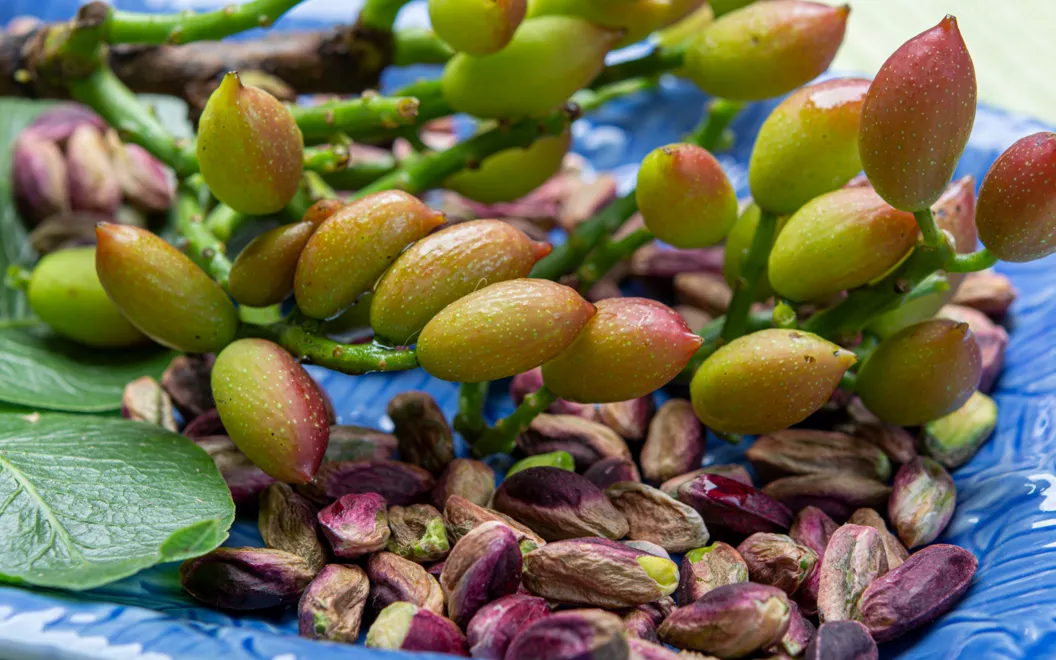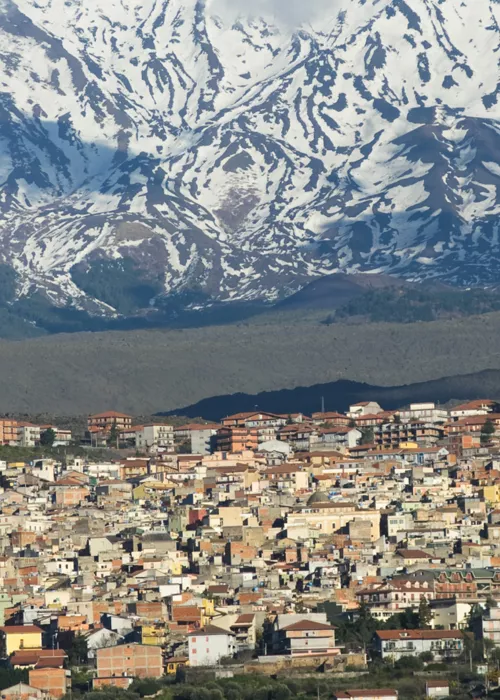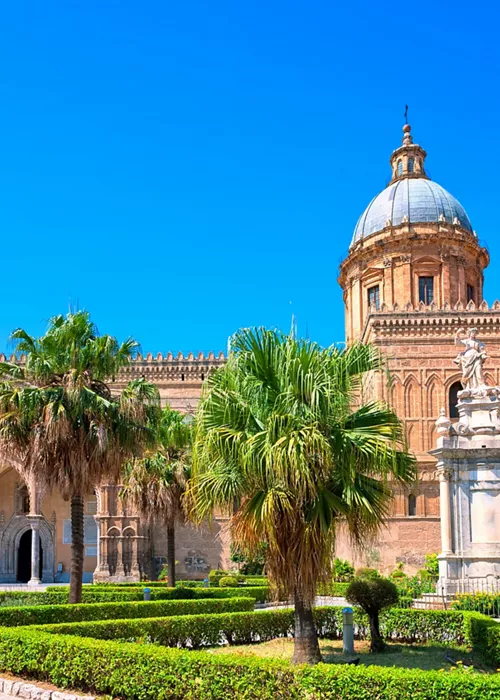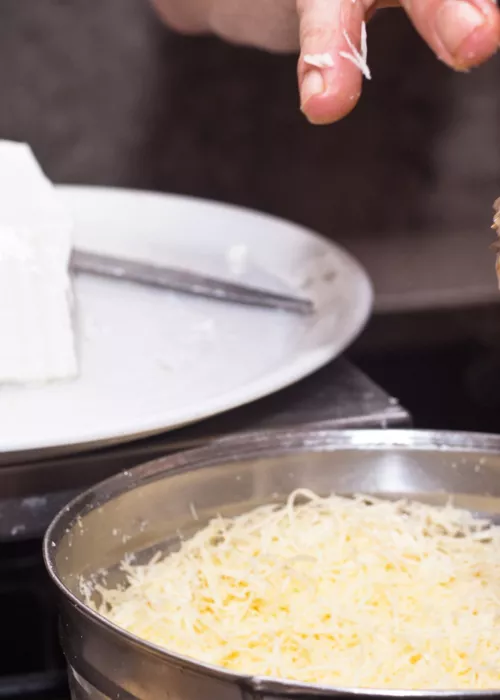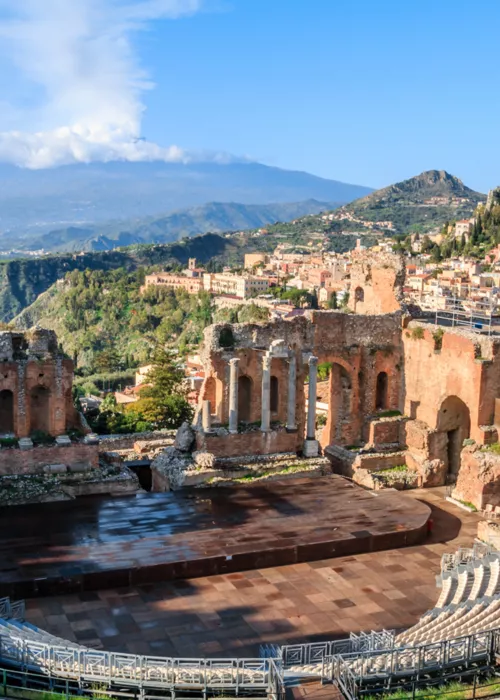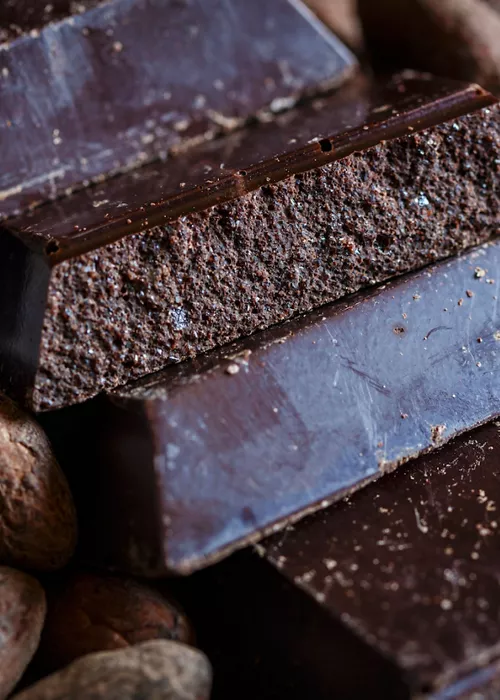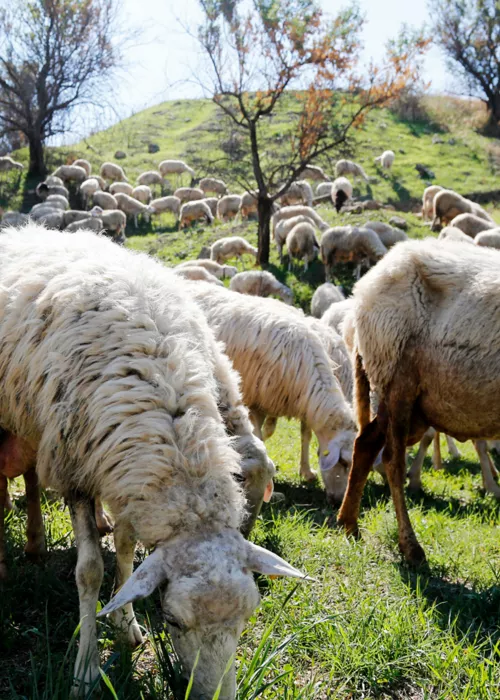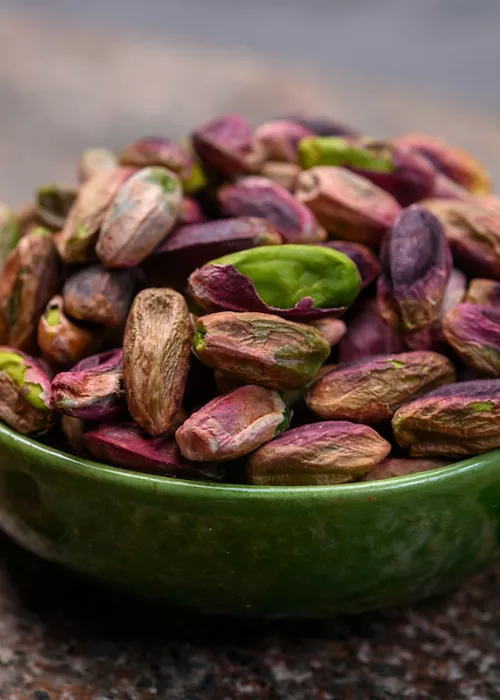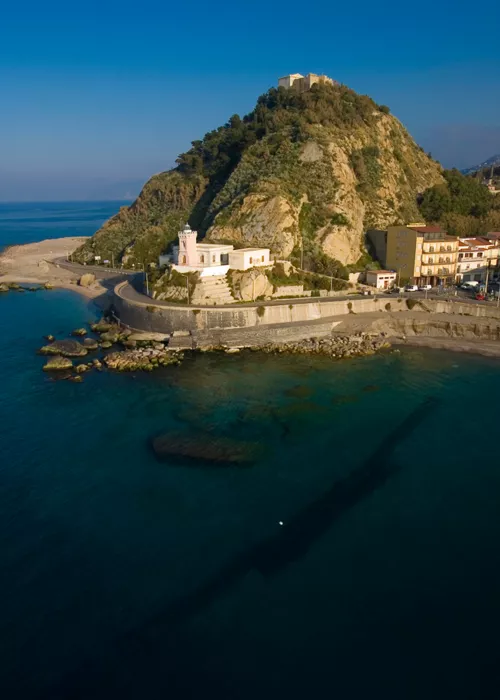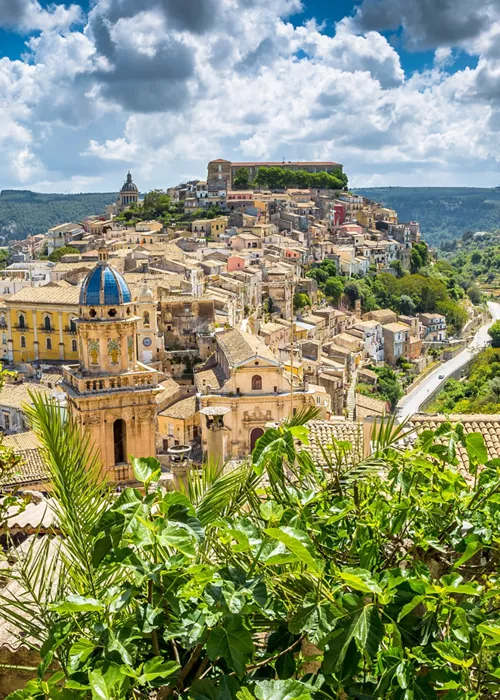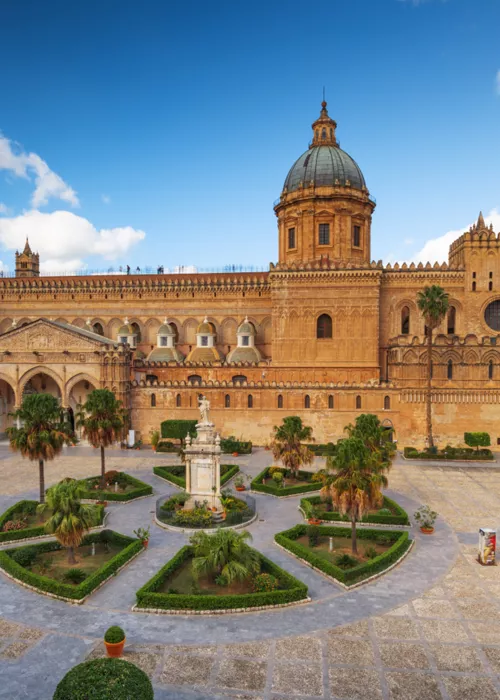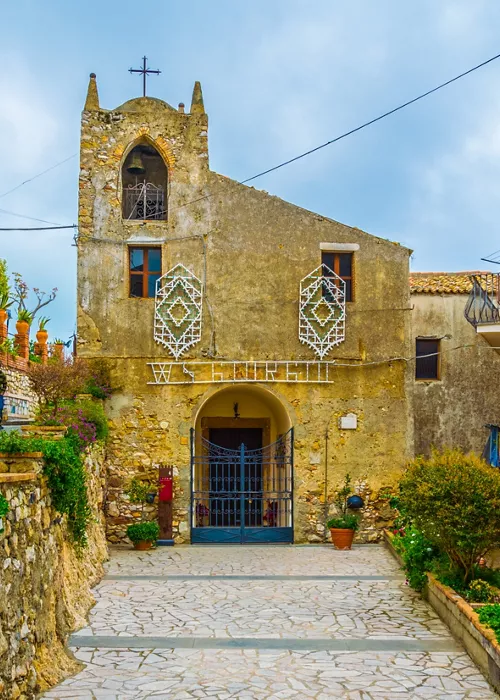The Sicily region by way of Franco Pepe’s pizza
3 minutes
History of the salted pistachio and other culinary wonders of Sicily
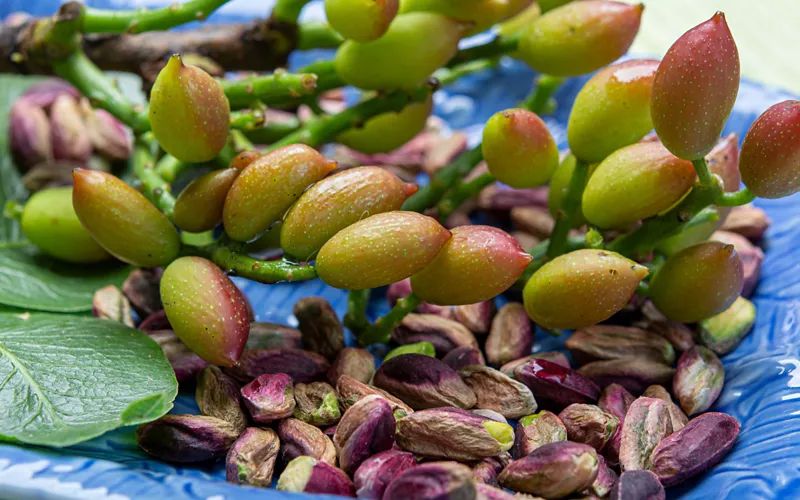
Having arrived in Sicily from the Middle East brought by the Arabs, it found its ideal habitat here, so much so that it has become one of its iconic products. It is the pistachio which, with its flavour, both sweet and salty, its crunchiness but also its nutritional capacity, has been loved since ancient times. A testimony? Traces of it have been found in Turkey dating back to the 7th millennium BC.
In Italy, the most famous is the Pistacchio di Bronte DOP, on the slopes of Mount Etna, and also cultivated in the neighbouring towns of Adriano and Biancavilla. The plant adapts well to the low rainfall climate; moreover, the lava soil, enriched with minerals, also thanks to the constant supply of volcanic ash, produces a qualitatively superior seed, with a stronger flavour and bright green colour.
Although it is known as a shell fruit, what we actually eat, botanically speaking, is the seed. The green gold, as it is called in Bronte, is still hand-selected by the 5,000 or so local producers, so that the seeds are picked out one by one. It can be eaten fresh and whole, without any kind of salting or roasting, or crumbled to make Pasta alla brontese – together with cream and bacon – and of course ice cream, biscuits, pistachio cream and many other Sicilian delicacies.
In addition to salted pistachio

Let's start with the cannolo, the tube-shaped wafer that is fried, filled with sheep's milk ricotta cream and chocolate and garnished with pistachio grains or another typical Sicilian ingredient: candied orange. Candied fruit in Sicilian confectionery is more than a decoration, it is an essential ingredient, again introduced by the Arabs: candied fruit derives from the Arabic word “qandi” which indicates the sugar cane extract with which the fruit was preserved and sweetened. We also find them in cassata siciliana sponge cake enriched with ricotta cheese, almond paste, sugar icing and, of course, candied fruit, which can be enjoyed in different variations throughout the region.
Sicilian cuisine is exuberant and daring, rich in ingredients and a synthesis of flavours and elaborations introduced over time by the Greeks, the Romans or the Arabs. One example is Trapani's fish couscous: it is prepared by hand in a typical earthenware pot, the mafaradda, and seasoned with broth and pieces of fish, sometimes even fried. Another example of historical-gastronomic synthesis is the famous Sicilian granita, which derives from the Arab recipe for sherbet, a frozen drink flavoured with flower petals or fruit, precious and therefore intended for nobility. Snow collected from the Sicilian mountains in winter and then stored for the rest of the year in natural caves or special stone constructions, the ancestors of iceboxes, was once used to make it.
It is impossible not to remember at least one of the great street food masterpieces of this land, starting with the legendary arancino (or arancina, as it is called in the western part of the island). The timeless rice ball is filled with tomato and peas and then fried, yet it actually exists in countless variations. Walking along the streets of Palermo, one can discover treasures of taste, such as pane e panelle, the sandwich stuffed with fried chickpea porridge that is another of the recipes brought here by the Arabs; or the sfincione palermitano, the very soft focaccia sold in the city markets, topped with tomato, onions, oregano, caciocavallo cheese and anchovies. And to end on a high note, we can only indulge in the aromas of the Pani ca meusa, the greasy and very tasty veal spleen sandwich, which can also be “marinated”, that is, further enriched with a generous grating of caciocavallo or ricotta cheese.

